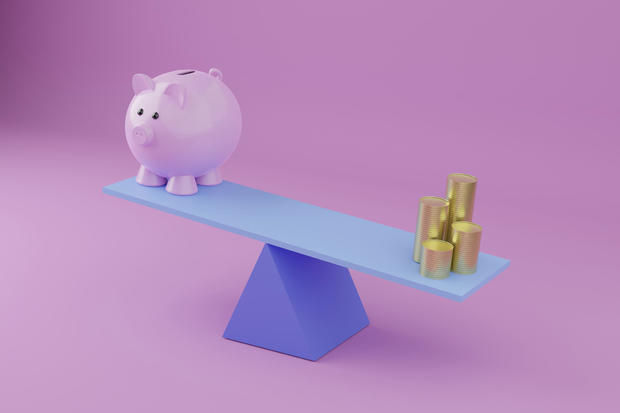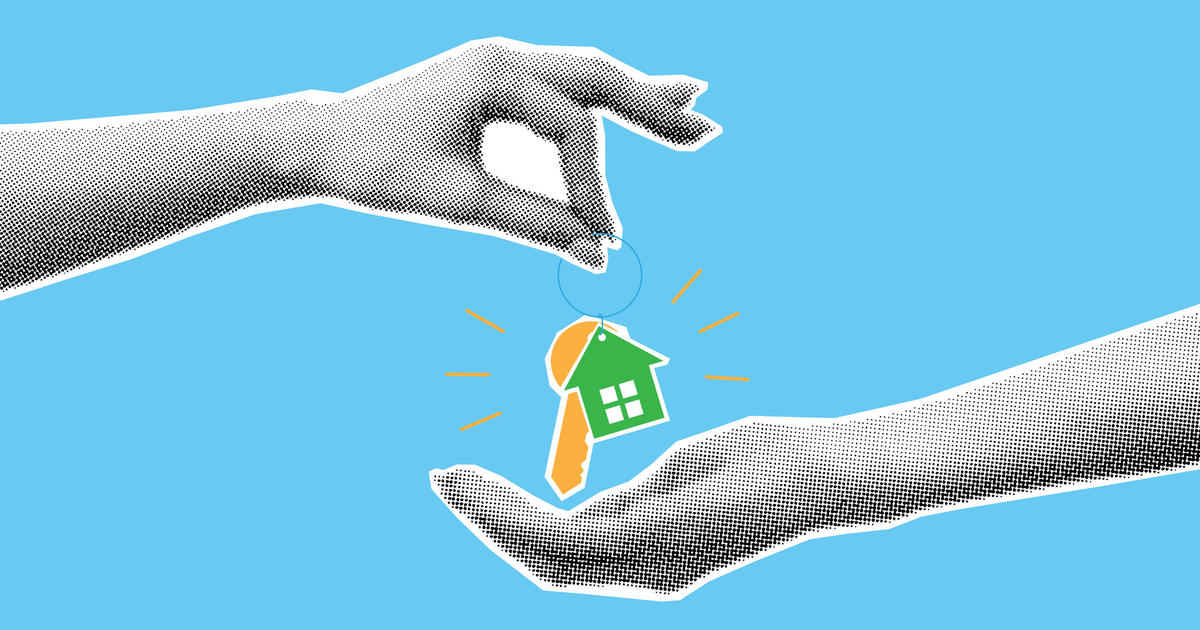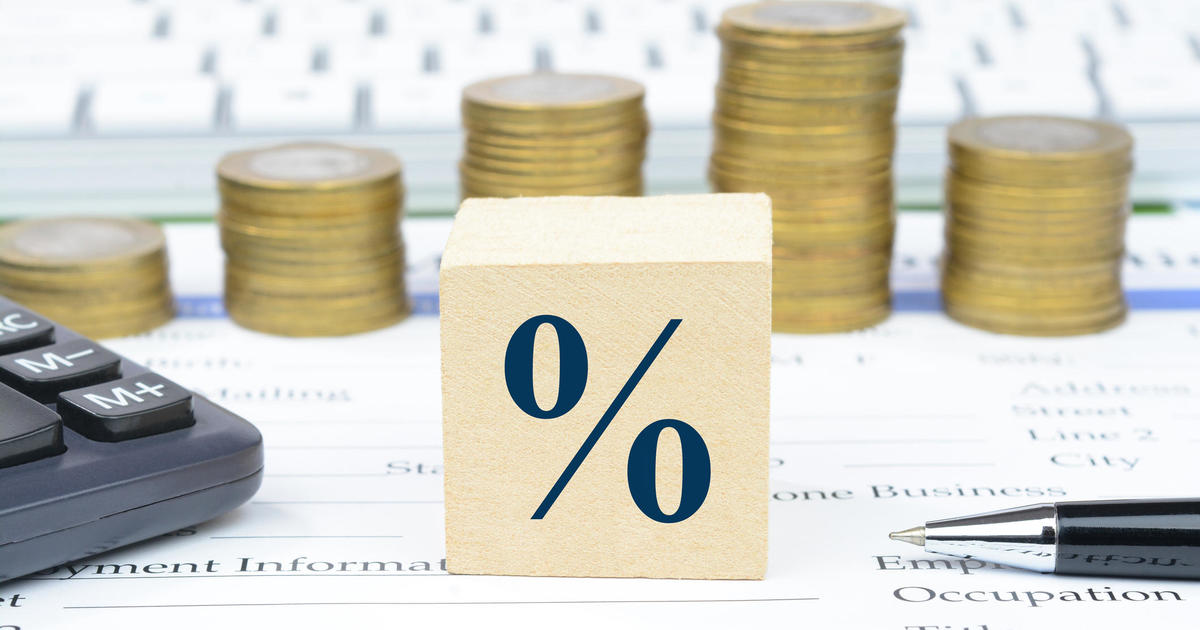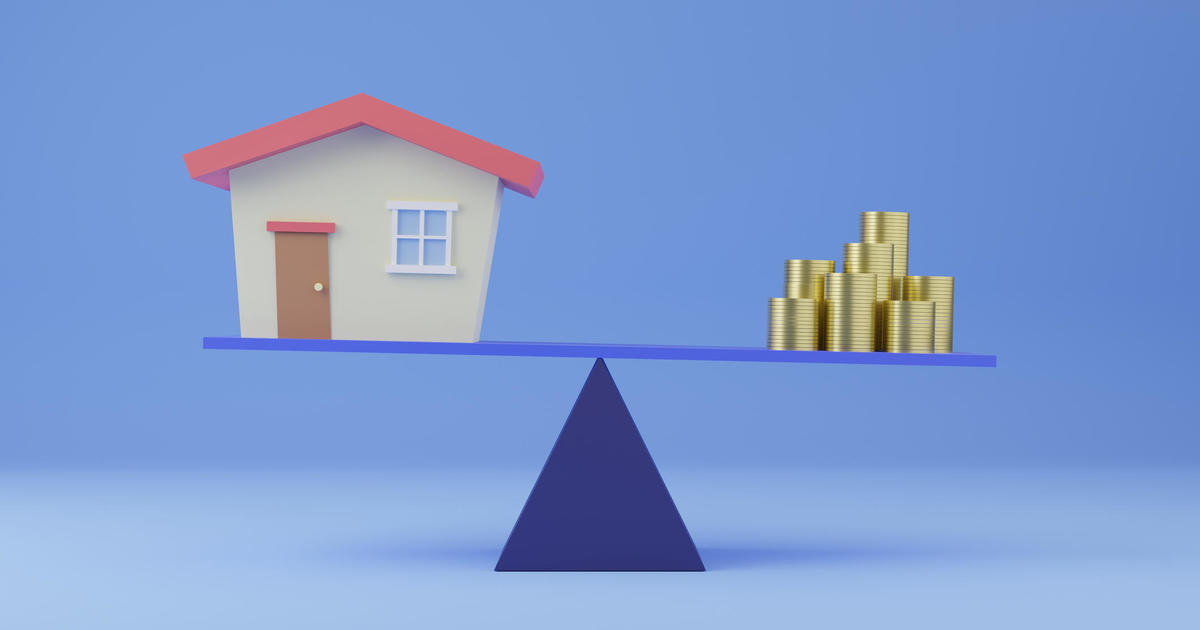The 3 most affordable borrowing options right now
Over the last few years, the interest rate environment has shifted dramatically, making borrowing money much more expensive across the board. After keeping rates at rock-bottom levels during the pandemic to stimulate the economy, the Federal Reserve aggressively raised its benchmark federal funds rate over the last couple of years in an effort to rein in persistently high inflation. And, while the Fed rate hikes have been paused for the last few meetings, the federal funds rate is currently halted at a 23-year high.
The federal funds rate doesn't set consumer interest rates directly, but it does influence them. And when the Fed raises this rate, it increases borrowing costs across the economy. So, while the Fed's rate hikes were intended to cool down consumer demand and temper price increases, the rate hikes have made borrowing much costlier in return. Average interest rates on mortgages, auto loans, credit cards and other consumer loans are now sitting at levels not seen in years.
For borrowers, paying more in interest can make achieving goals like buying a home, replacing an aging car or consolidating high-interest debt even harder. But despite the high interest rate environment, there are still some relatively affordable borrowing options available for those who need to take out a loan.
Ready to borrow? Compare the home equity loan rates available to you here.
The 3 most affordable borrowing options right now
If you need to borrow money soon, these options may be the most affordable.
Home equity loans
Right now, the average homeowner has about $300,000 worth of home equity, about $190,000 of which can be tapped into for a wide range of purposes. And, if you're a homeowner who has a sizable amount of equity in your property, a home equity loan allows you to borrow against that equity at a potentially affordable interest rate.
A home equity loan works as a lump-sum, fixed-rate loan that uses your home as collateral. You receive funds upfront and repay the loan over the term with equal monthly payments, much like a mortgage loan.
And, since the loans are secured by your home, home equity loans tend to offer lower interest rates than alternatives like personal loans or credit cards. For example, the average home equity loan rate is currently 8.63% — making this borrowing option one of the most affordable right now.
There are a few other benefits to borrowing with a home equity loan. One is that these types of loans typically come with fixed interest rates, which gives you consistent monthly payments over the life of the loan. And, depending on what you're using the funds for, you may be able to get a tax deduction on the interest you pay on your loan.
The downside is that you are putting your home at risk by using it as collateral. If you don't pay your loan, your home could get foreclosed on. And, you'll also need to pay closing costs on the loan, which can add to the costs overall.
Find out today's top home equity loan options and compare rates today.
Home equity lines of credit
A home equity line of credit (HELOC) is another type of home equity borrowing option — and like a home equity loan, it's one of the most affordable options to consider right now. One main difference between a home equity loan and a HELOC is that rather than offering you a lump sum, a HELOC gives you a revolving line of credit that is secured by the equity in your home. You can borrow against your credit line as needed during the draw period, much like a credit card.
The average rates on HELOCs are slightly higher than home equity loans right now, but they're still significantly lower than what you'd get with many other borrowing options. The current average interest rate on a HELOC is 9.07%, for example, while the current average rate on credit cards is over 21%.
It's important to understand, though, that HELOC interest rates are typically variable, so they can change over time depending on the overall rate environment. So while they may be one of the more affordable options now, if rates go up in the future, the rate on any HELOC you open could follow.
That said, there are lots of benefits to consider with a HELOC, aside from affordability. One is that this type of borrowing offers you the flexibility to borrow only what you need, when you need it. And, like home equity loans, when you use HELOC funds for certain purposes, like home renovations or repairs, you typically have the option to write off some of the interest on your taxes.
You'll still use your home as collateral, though, and there may be transaction fees or annual fees for maintaining a HELOC. So, just make sure that the cost and the variable-rate nature of this type of borrowing aligns with your budget and goals before you take this route.
Personal loans
Personal loans are a type of unsecured installment loan that allows you to borrow funds for any purpose, and while the rates on these types of loans are slightly higher than the home equity borrowing options above, they're still some of the more affordable loans available currently. Right now, the average personal loan rate is 12.22% — but with that higher rate comes some unique benefits compared to home equity borrowing.
For example, personal loans do not require collateral, so unlike home equity loans or HELOCs, your home won't be at risk if your financial situation changes and you default on a personal loan. And, the funds for personal loans are typically delivered quickly and can be used for a wide variety of purposes.
That said, personal loans also have shorter repayment terms compared to many home equity loans or HELOCs, which results in higher monthly payments. But if you can afford to make larger monthly payments, a personal loan could be one of the more affordable options available to you right now.
Other borrowing options to consider
While home equity products and personal loans are among the most affordable mainstream borrowing options, there are a few other choices to consider right now, including:
- 0% introductory APR credit cards: Some credit cards offer 0% intro APR promotions on purchases and/or balance transfers for over a year, allowing you to borrow interest-free during that period. This can make certain credit cards an affordable option for borrowing today, but just be sure to pay off the balance before the intro period expires and the ongoing APR sets in.
- Borrowing from cash value life insurance: If you have built up cash value in a permanent life insurance policy, you may be able to borrow against that cash value at a low interest rate.
- 401(k) loan: Many employers allow participants to borrow from their 401(k) retirement account, paying interest back into their own account balance.
The bottom line
While higher interest rates have made borrowing much costlier these days, some relatively affordable options like home equity loans and lines of credit can still be secured, though they do require putting your home up as collateral. Unsecured personal loans are another smart option to consider, albeit a slightly more expensive one based on the average rates. Before borrowing with any lending product, though, just be sure to shop around across multiple lenders to secure the best rate possible based on your credit profile and needs.




